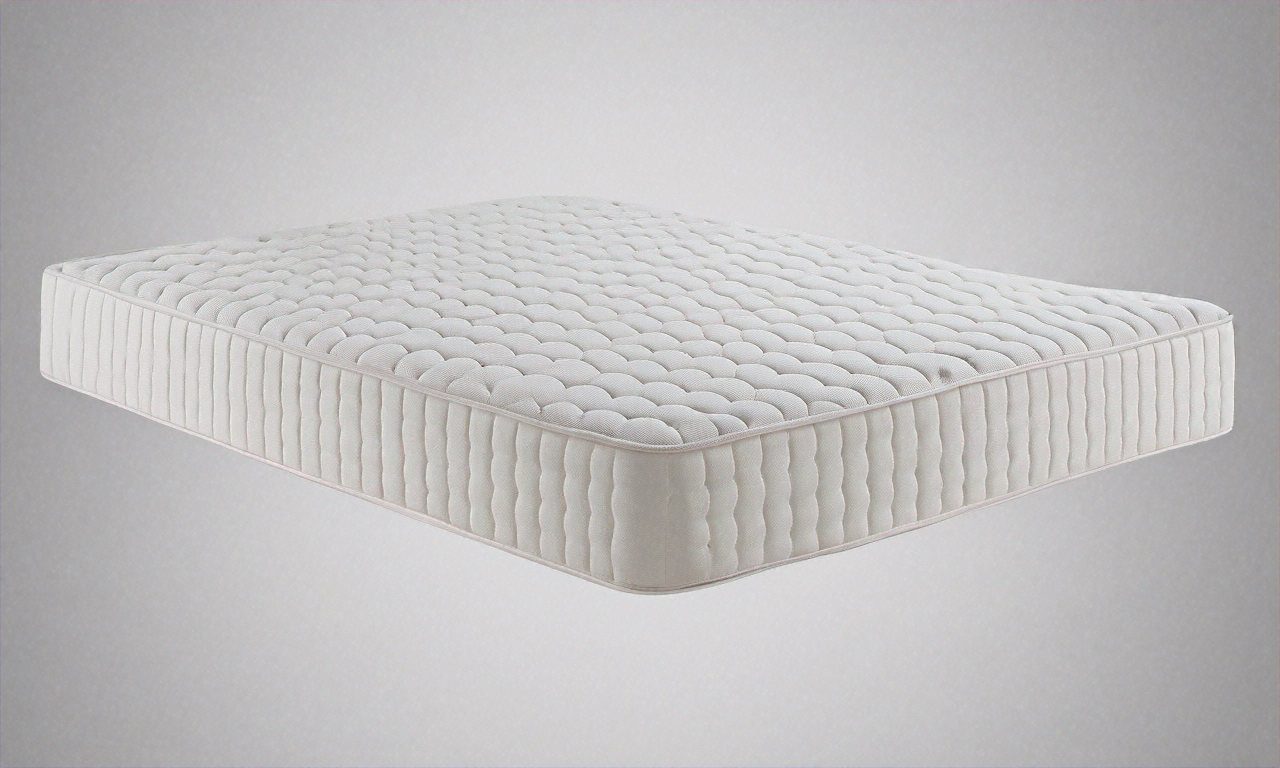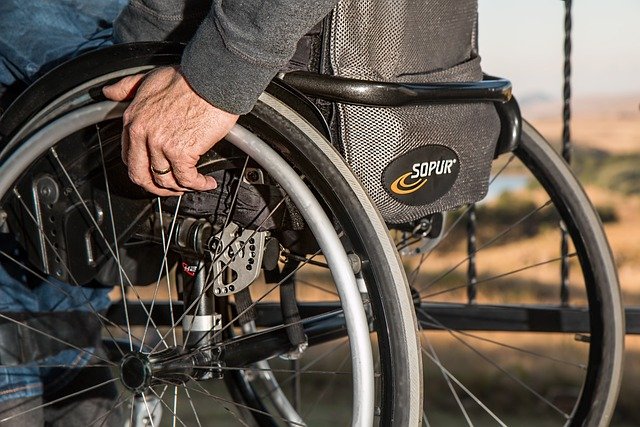Reconnecting Life Overcoming the Challenges of Peripheral Neuropathy
Peripheral neuropathy often starts subtly but can progress to chronic pain, numbness, or muscle weakness. Explore how early diagnosis and modern therapies can make a life-changing difference. Peripheral neuropathy doesn’t have to control your life. With today’s targeted treatments and holistic care, recovery and comfort are more achievable than ever.

Peripheral neuropathy represents a significant health challenge affecting an estimated 20 million Americans. This condition occurs when nerves outside the brain and spinal cord become damaged, disrupting the vital communication network that connects the central nervous system to the rest of the body. For many sufferers, peripheral neuropathy creates a disconnect between intention and action, sensation and response, significantly impacting daily functioning and overall well-being.
Understanding the Root Cause of Nerve Damage
Peripheral neuropathy stems from various underlying conditions and factors. Diabetes remains the leading cause in the United States, with approximately 60-70% of diabetic patients experiencing some form of nerve damage. Other common causes include autoimmune disorders, infections, exposure to toxins, vitamin deficiencies, and certain medications. Traumatic injuries, genetic factors, and vascular problems affecting blood supply to nerves can also trigger neuropathic symptoms.
Identifying the specific cause is crucial for developing an effective treatment plan. When healthcare providers can address the underlying condition—whether by managing blood sugar levels in diabetic neuropathy or treating an autoimmune disorder—they can potentially slow or even halt progression of nerve damage. This diagnostic phase often involves comprehensive blood tests, nerve conduction studies, electromyography, and sometimes nerve biopsies to pinpoint the exact nature and extent of the condition.
Bridging the Gap Between Symptoms and Solutions
The symptoms of peripheral neuropathy vary widely depending on which nerves are affected. Sensory nerves may produce tingling, numbness, burning sensations, or extreme sensitivity to touch. Motor nerve damage can cause muscle weakness, cramps, and coordination difficulties. Autonomic nerve involvement might disrupt bodily functions like digestion, blood pressure regulation, and temperature control.
Treatment approaches must address both the underlying cause and the specific symptoms experienced. This often requires a multidisciplinary approach involving neurologists, endocrinologists, physical therapists, and pain management specialists. Patients frequently report that finding the right combination of treatments takes time and patience, as response to therapies can vary significantly between individuals. The goal is to create a personalized treatment plan that effectively bridges the gap between debilitating symptoms and meaningful relief.
Neuropathy Pain Relief Strategies
Managing neuropathic pain represents one of the most challenging aspects of treatment. Unlike acute pain, neuropathic pain often responds poorly to conventional pain medications. Instead, physicians typically prescribe medications specifically developed for nerve pain, including anticonvulsants like gabapentin and pregabalin, which help calm overactive nerves, and certain antidepressants that affect pain signaling pathways in the brain.
Beyond medication, numerous complementary approaches have shown promise. Transcutaneous electrical nerve stimulation (TENS) delivers mild electrical impulses that can disrupt pain signals. Acupuncture has demonstrated effectiveness for some patients by stimulating specific points that may influence nerve function. Physical therapy focuses on maintaining muscle strength and improving coordination. Cognitive behavioral therapy helps patients develop coping strategies for managing chronic pain. For severe cases, more advanced interventions like spinal cord stimulation may be considered when other approaches prove insufficient.
Nerve Regeneration Therapy Advances
One of the most promising frontiers in neuropathy treatment involves therapies aimed at actually regenerating damaged nerves. While the peripheral nervous system has some natural regenerative capacity, this process is typically slow and often incomplete. Research has focused on accelerating and enhancing this natural healing ability.
Therapies showing potential include platelet-rich plasma (PRP) injections, which utilize growth factors from a patient’s own blood to promote tissue repair. Stem cell therapy represents another emerging approach, where specialized cells are introduced to potentially replace damaged nerve tissue and promote healing. Researchers are also investigating specific neurotrophic factors—proteins that support nerve growth and survival—as potential treatments. While many of these regenerative approaches remain experimental or in clinical trials, they represent a significant shift from symptom management toward potentially restorative treatments.
Innovations Redefining Peripheral Neuropathy Treatment
The landscape of neuropathy treatment continues to evolve with technological and scientific advancements. Targeted drug delivery systems allow medications to reach specific nerve areas while minimizing systemic side effects. Wearable devices that deliver precise electrical stimulation can now be used at home, giving patients greater control over their pain management.
Genetic research has opened new avenues for understanding inherited forms of neuropathy and developing gene therapies. Advanced imaging techniques provide unprecedented views of nerve damage, allowing for earlier and more precise diagnosis. Virtual reality applications are being studied as tools for pain management, offering immersive experiences that may help redirect the brain’s focus away from pain signals.
As research continues, the integration of artificial intelligence may further revolutionize treatment by analyzing vast amounts of patient data to identify which approaches work best for specific neuropathy types and individual patient profiles, moving toward truly personalized medicine for this complex condition.
This article is for informational purposes only and should not be considered medical advice. Please consult a qualified healthcare professional for personalized guidance and treatment.




